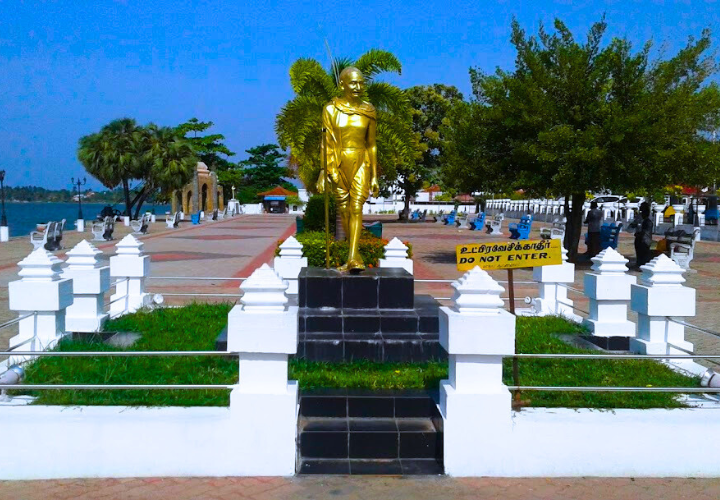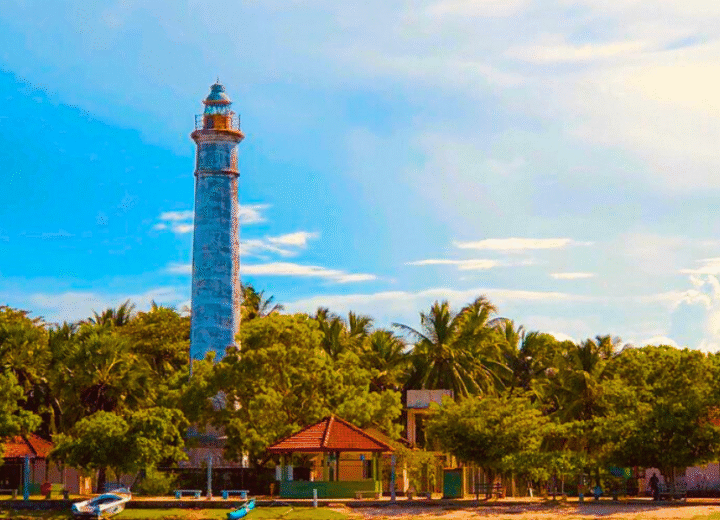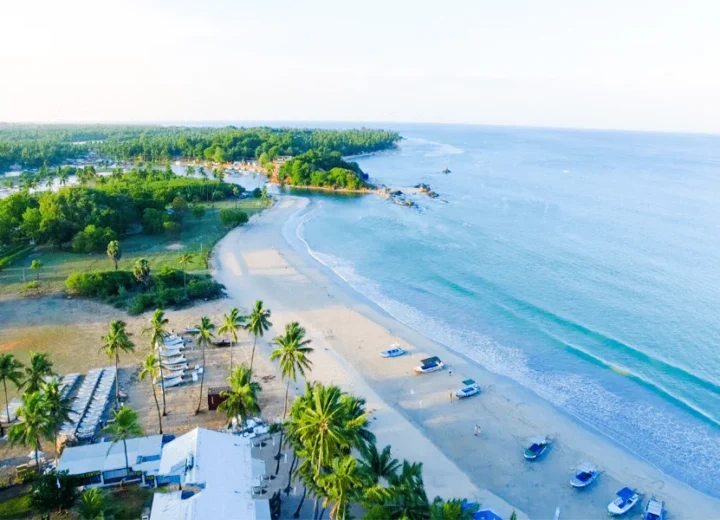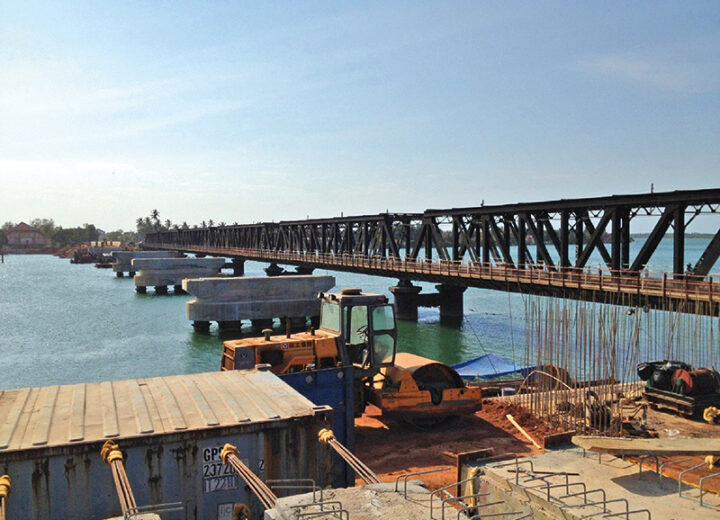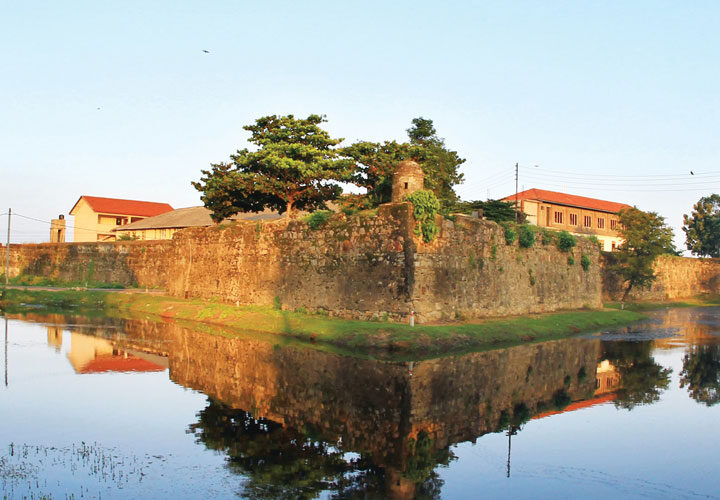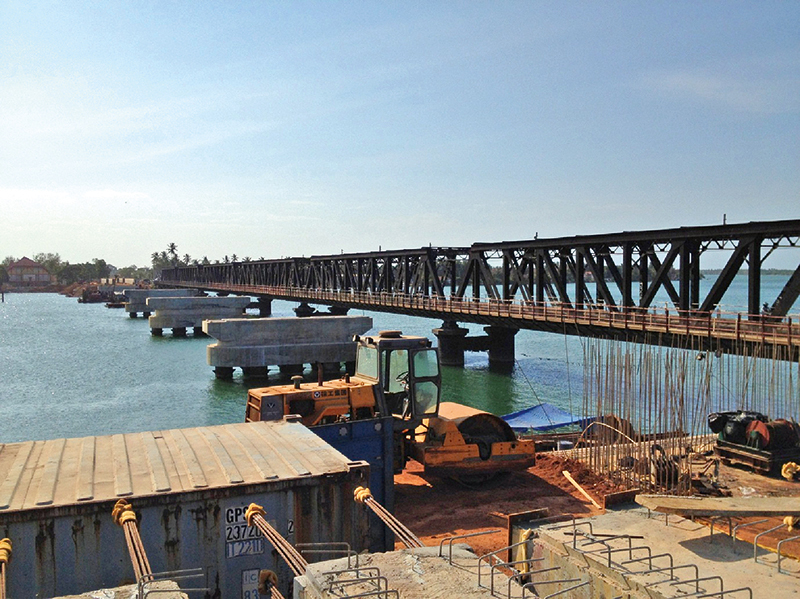
Kallady Brigde
The Lady Manning Bridge was constructed in 1924 during British colonial rule and is named after Lady Manning, the wife of William Manning, the British Governor of Ceylon. It is notable for being the oldest and longest iron bridge in Sri Lanka. On average, approximately 10,000 vehicles traversed the narrow, single-lane bridge each day, often leading to traffic disruptions due to accidents.
A fascinating aspect of the bridge is its association with the legend of the singing fish. In 1954, two American priests from St. Michael’s College National School, Rev. Fr. Lang and Rev. Fr. Moran, recorded fish purportedly singing beneath the bridge. This recording gained attention when it was broadcast on Radio Ceylon in the 1960s.
In 2006, plans were made to construct a new bridge parallel to the existing one. The construction began in March 2008 but faced delays due to issues with the initial contractor, leading to the appointment of a new contractor. The new bridge was officially opened on 22 March 2013. It measures 288.35 metres (946 feet) in length and 14 metres (46 feet) in width, with a total cost of Rs. 2.6 billion (approximately £20 million), financed through a loan from the Japan International Cooperation Agency.
The Lady Manning Bridge is a testament to Sri Lanka’s history, merging colonial legacy with modern engineering, while the legend of the singing fish captivates all who cross.The Lady Manning Bridge thus serves as a significant landmark, reflecting both the historical legacy of colonial infrastructure and the advancements in modern engineering in Sri Lanka.
